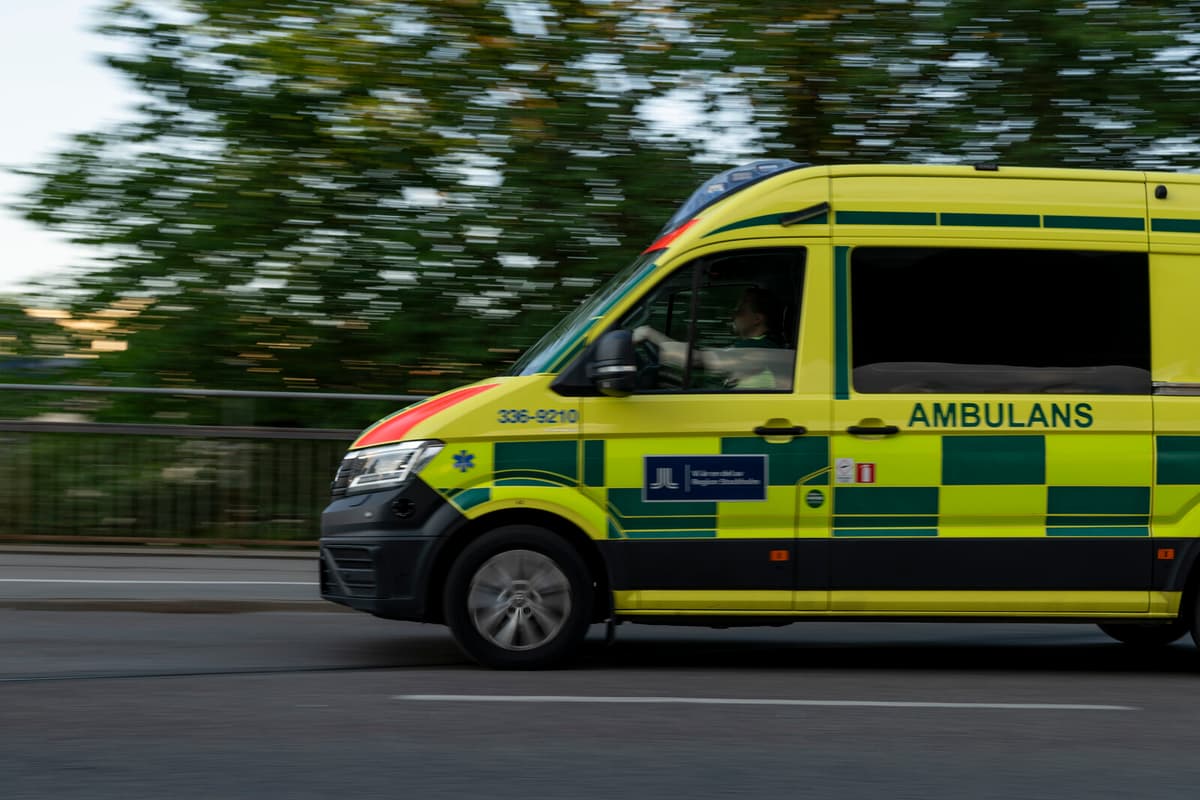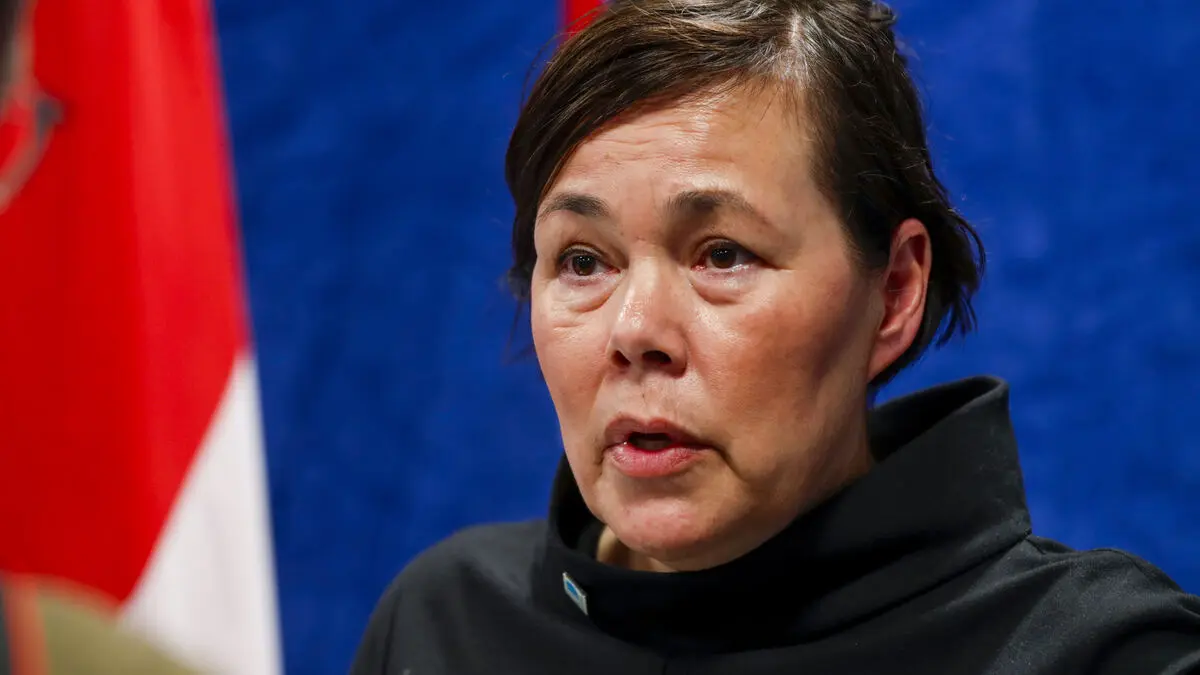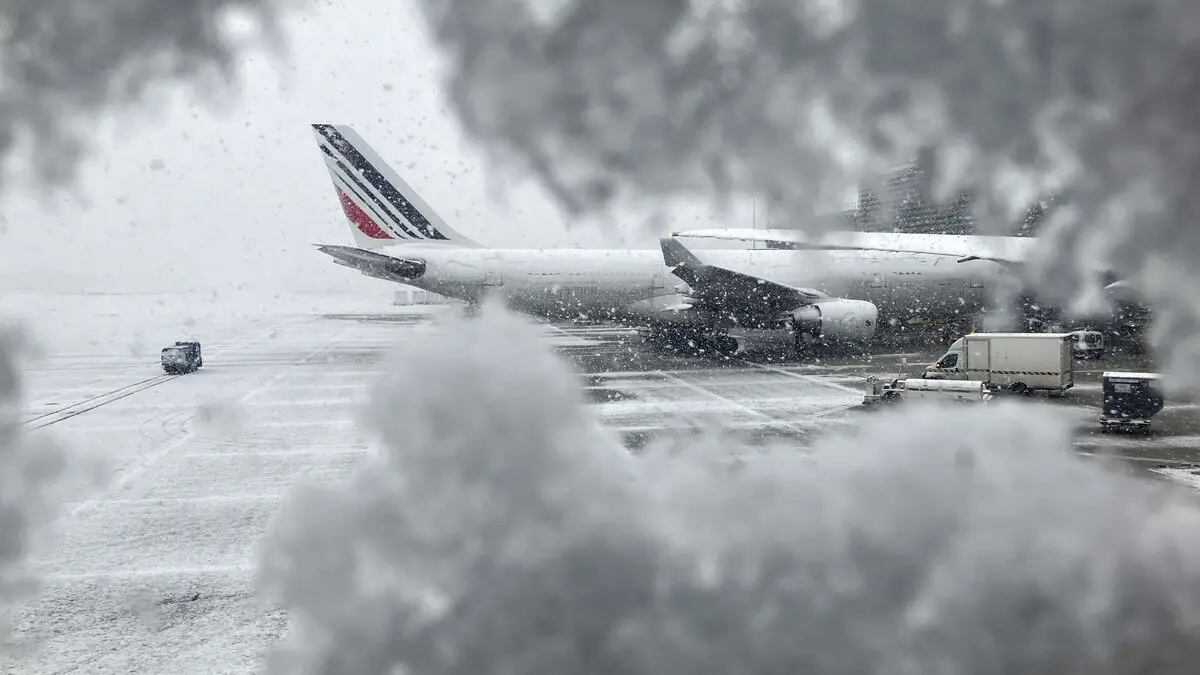Conditions in ambulance healthcare have long been strained.
But this is the worst I've seen in my eight years. And now we are in a normal situation without any pandemic or disaster to take care of, says Emil Skoglund, who is also a trustee in the Swedish Association of Health Professionals and a safety representative.
Covers almost the entire Stockholm city
Normally, at least three ambulance cars from the station in Stockholm city should be on duty around the clock, often there are more than that. The area includes Norrmalm, Vasastan, Östermalm, Kungsholmen and nearby areas. Södermalm is covered from the south.
However, all ambulances in the county help to cover for each other.
But if an ambulance has to be called in from Lidingö or Solna, then that area will be left without at the same time.
In Stockholm County, with almost 2.5 million inhabitants, there are around 30 ambulance stations. In the area that the city station covers, hundreds of thousands live.
He calls the fact that the situation has become so strained a "perfect storm" of poor working environment, people who have quit and recruitment difficulties.
Next weekend, I see that we have 16 vacant shifts for specialist nurses for ambulances in northern Stockholm, says Emil Skoglund, who jumped in and worked extra on Monday during his vacation.
After Emil Skoglund alerted about Tuesday's situation, the regional management has called for a crisis meeting. Opposition regional councilor Kristoffer Tamsons (The Moderate Party) calls the situation a disaster and a direct threat to patient safety, in a comment to TT.
"Not good"
Regional councilor Talla Alkurdi (S) describes the situation as "not good". During the morning, the healthcare management will be called to a meeting to discuss the staffing issue.
I have had a good dialogue with the Swedish Association of Health Professionals during the day, and we have a common view that the ambulances should be manned. We rule out no measures, she says.
On May 1, ambulance healthcare in Stockholm transitioned to regional management, through the company Ambulance Healthcare in Greater Stockholm (AISAB).
This is the first summer. The work of improving preparedness in the region in the long term must continue, simply, says Talla Alkurdi.
Jani Sundqvist is operations manager at AISAB. He confirms that three ambulances had to be taken out of service at the city station on Tuesday due to staff shortages.
I want to be clear that the ambulances operate throughout the county, not just the station they depart from. We have between approximately 40 and 80 ambulances in service during all hours of the day and it was the same yesterday. Then we have a very tough staffing situation with staff shortages, especially in the summer. Our employees are fantastic and are helping out, he says.






